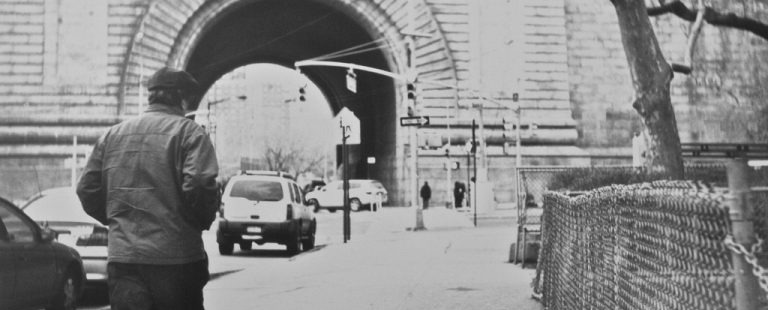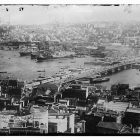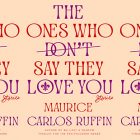On Movement: the Writer as Walker

I’ve fallen into the habit of taking long walks whenever I’m stuck on my writing, an attempt to connect the mind to the body, to be fully present in the physical world. I find relief in leaving the confines of my desk to move across distances I can actually measure—unlike the abstract effort implied in sitting down to daydream or think.
Many writers have explored the pleasures of walking, including the likes of Virginia Woolf and Amy Hempel. There is a whole canon that depicts and analyzes the connection between moving through geographical terrains and mental ones, from Robert Walser’s The Walk and W.G. Sebald’s Rings of Saturn to Rebecca Solnit’s Wanderlust: A History of Walking and Teju Cole’s Open City.
Sleeping with the Dictionary author Harryette Mullen writes that she began to take daily walks in hopes that each stroll might result in a poem. After one year and a day of walking and writing, she wrote a total of 366 tanka verses, collected in her book Urban Tumbleweed: Notes from a Tanka Diary. She describes her experience as a poet turned pedestrian:
With a pen and notebook tucked into my pocket, I could escape from the writer’s self-imposed confinement, if only to walk from home to the local post office. . . . Walking instead of driving allows a different kind of attention to surroundings. Each outing, however brief, becomes an occasion for reflection.
Walking is a natural extension of writing. The walker’s gait reflects the writer’s style. The pace of the steps changes with the mood, much like the structure of sentences. The journey down the path mirrors the journey down the page, with each step forward bringing a new image, a new opportunity for observation, a way to get from plot point A to plot point B.
As Leslie Stephen puts it in his “In Praise of Walking,” “The walks are the unobtrusive connecting thread of other memories, and yet each walk is a little drama itself, with a definitive plot with episodes and catastrophes . . .” During the walk, we cross bridges, jump over obstacles, pass by landmarks, reach the end of the line. To walk is to journey in the mind as much as in a physical landscape, to find a way forward.
Step after step, word after word.



